The Montreal Canadiens marked their 100th anniversary as a franchise on December 4, 2009, in what was their 101st season. Celebrations officially began a year earlier, but since no NHL hockey was played in 2004-05, the 2009-10 season was actually their real centennial year. Few fans noticed, as they were too busy following the unpredictable chain of events that led to the Habs longest playoff run in 17 years.
In his final year as general manager, Bob Gainey changed the roster significantly, losing some veterans to free agency and retirement while bringing in a number of new players and a coach who fit his vision for success, drawing on his experience of winning five Stanley Cups as a player and one as a GM.
Revisiting the 2009-10 season is important for Habs fans who are skeptical about the prospects for the current team. In his willingness to embrace change and take calculated risks, Gainey knew there would be resistance from many fans and the media, but it did not deter him from pushing forward.
The End of the Koivu Era
After the Boston Bruins swept the Canadiens in the first round of the 2008-09 playoffs, Gainey had a lot of time to reassess the talent at his disposal and establish a new plan for coming year. As general manager of the Stanley Cup-winning Dallas Stars in 1999, his winning squad gave up the fewest goals in the NHL. His first big move of the off-season was to hire Jacques Martin, a defensive specialist, as head coach, in June.
He also chose not to offer captain Saku Koivu, a veteran of 13 seasons, a contract. It was a tough decision- Koivu was a fan favourite, viewed as a warrior who overcame cancer and numerous injuries to lead the team through a difficult decade where their lack of talent left them out of the playoffs as often as they qualified. The team would start the season without a captain for the first time in their history.
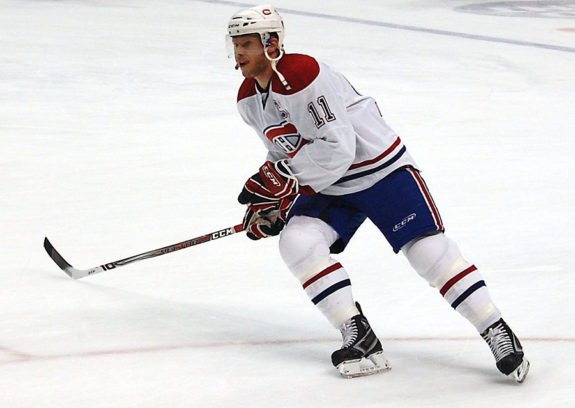
Additionally, Patrice Brisebois, the last remaining player from the 1993 Stanley Cup winning team, retired, but fans had little time for nostalgia as it wouldn’t be long before a flurry of activity left the team looking radically different from the previous year.
Gainey Emphasizes Speed and Defense
Before the end of the month, Gainey sent four players including prospect Ryan McDonagh, and forward Christopher Higgins to the New York Rangers for centre Scott Gomez and two other players. In inheriting Gomez’s huge contract, it was hoped the Alaska native would regain the form that saw him win two Stanley Cups with the New Jersey Devils earlier in the decade.
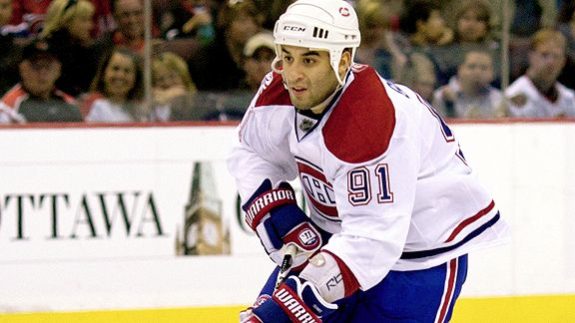
While Gainey would be later criticized for using valuable cap space and losing the talented McDonagh, it’s easy to forget how the trade allowed him to acquire the talent to fit his plan by making the Canadiens look like serious contenders. After losing Alexei Kovalev and Mike Komisarek to free agency, he opted for a team of small, quick forwards with a larger defense that could shut down the opponents’ offense.
Before the beginning of the season, he signed Gomez’s former linemate Brian Gionta from the Devils, high-scoring winger Mike Cammalleri from the Calgary Flames, rugged forward Travis Moen from the San Jose Sharks, and defensemen Hal Gill, Paul Mara, and Jaroslav Spacek.
Markov’s Injuries and Halak vs. Price
With his new team in place, the Habs entered the season with optimism, but it was short-lived. In their first game of the year against the Toronto Maple Leafs, defenseman Andrei Markov was sliced by the skate of goaltender Carey Price and would miss two-and-a-half months with tendon damage to his ankle.
Despite the acquisition of power play specialist Marc-Andre Bergeron shortly after the accident, the Canadiens would have a losing record while Markov recovered. It foreshadowed a series of injuries that would keep him out of the Habs’ lineup for the better part of two years.
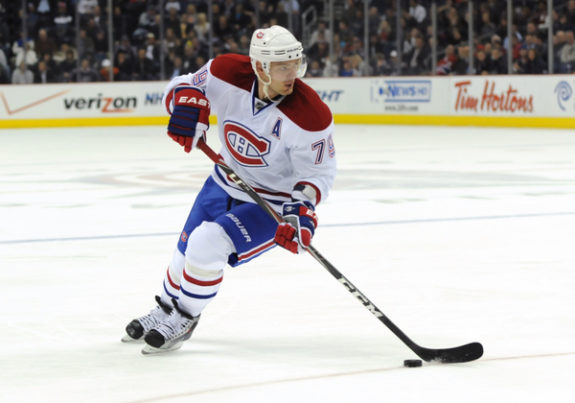
The Habs would also lose Cammalleri, Gionta, forward Andrei Kostitsyn, and defenseman Ryan O’Byrne for significant periods of time, forcing Martin to rely on reinforcements from their AHL affiliate, the Hamilton Bulldogs, including future captain Max Pacioretty.
While many players like Tomas Plekanec would step up and play some of the best hockey of their careers, franchise goaltender Carey Price would be the biggest disappointment of the year. After becoming the Habs starting goaltender the previous season, his poor performance – including a stretch of seven straight losses – cost him the starting job by December, as Martin preferred his backup, Jaroslav Halak.
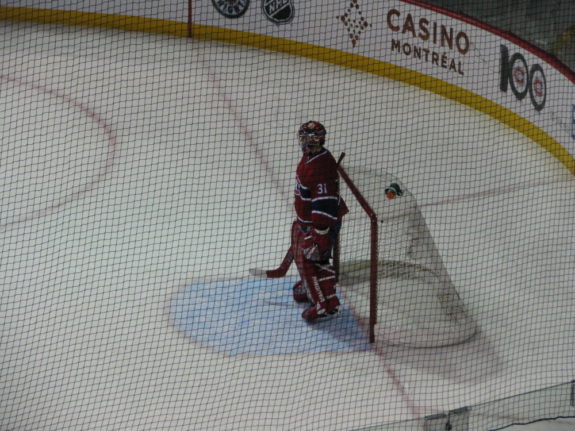
Fans angry at the hype surrounding Price, who was selected as a first-round draft pick by Gainey in 2005, suddenly were seen parading around town with Halak’s number 41 displayed almost sarcastically on the Canadiens’ souvenir t-shirts, and the city suddenly became divided between those in one goaltender’s camp or the other. The attention pleased the Molson family, who became the Habs’ owners for the third time in their history.
In late December, Markov returned to the lineup almost two months earlier than expected and the Canadiens won seven straight games to end the year. They would not win consistently again until March, when it became evident their chances of making the playoffs were becoming as narrow as a skate blade.
The Second Season: A Surprise in the Playoffs
When the Canadiens clinched the final playoff spot by losing to the Toronto Maple Leafs in overtime in their last game of the regular season, people were cautiously optimistic about their chances against the formidable Washington Capitals, who lead the league in both goals and points. After falling behind 3-1 in the opening series, the Habs seemed likely to repeat their first-round performance of the previous year.
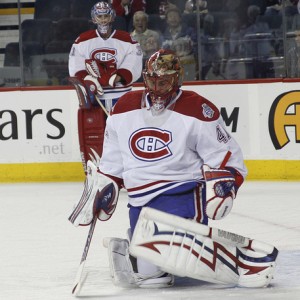
Led by Halak’s stellar goaltending, the Canadiens allowed the Capitals only three goals in their final three games and came from behind to beat them in seven games. They moved on to the next round against the formidable Pittsburgh Penguins and their star center, Sidney Crosby.
In a see-saw battle where neither team won consecutive games, the Habs prevailed in 7 again, beating the Pens 5-2 in the deciding contest where all five goals were scored by new players Gainey had acquired that year.
Halak’s continued heroics were aided by a resurgent Cammalleri, who broke out of a late-season slump after returning from injury to score key goals during the first two rounds. The victory was bittersweet as the Habs lost Markov again, this time to a knee injury in the first game of the series. With Spacek also injured, P.K. Subban made his playoff debut and began a love-affair with the fans that would endure until his trade six years later.
The Flyers End an Unlikely Run at the Cup
In their centennial year, with one last chance at keeping the streak of winning a Stanley Cup in each of their decades in the NHL, the Canadiens seemed destined to reach the finals. After all, they had overcome many obstacles, magically finding ways to win clutch games often with a different lineup from one game to the next. The conference final ended their dream as they were shut out three times in losing to the Philadelphia Flyers in five games.
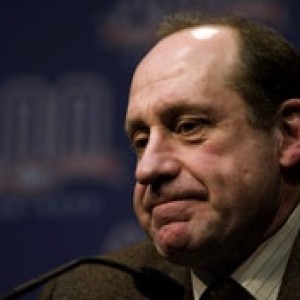
Perhaps it was the fatigue of having played back-to-back seven games series against a tough opposition. Perhaps the loss of Markov a second time proved too difficult to overcome. By the time their season finally ended on May 24, the Canadiens had undergone more changes in personnel on and off the ice than at any time in recent memory. Even Bob Gainey, who was responsible for much of it was gone, having stepped down from his position in February.
The 2009-10 season will be remembered for many things. The Canadiens showed tremendous resolve in handling a variety of injuries and the sudden loss of confidence in their star goaltender. Their best games were played in March and April when they needed to qualify for the playoffs, which they did in dramatic fashion.
Unlikely heroes like Halak, Glen Metropolit, and Mathieu Darche emerged, each having struggled just to reach the NHL. Finally, they gave fans their most exciting playoff run in almost two decades, but this time as loveable underdogs.
Most importantly, their general manager Bob Gainey was not afraid to risk his reputation by making changes that some viewed as unpopular but ultimately were in the best interest of a franchise he had embraced as a player, coach, and finally an executive. Hopefully, his successors will continue to show the same courage.